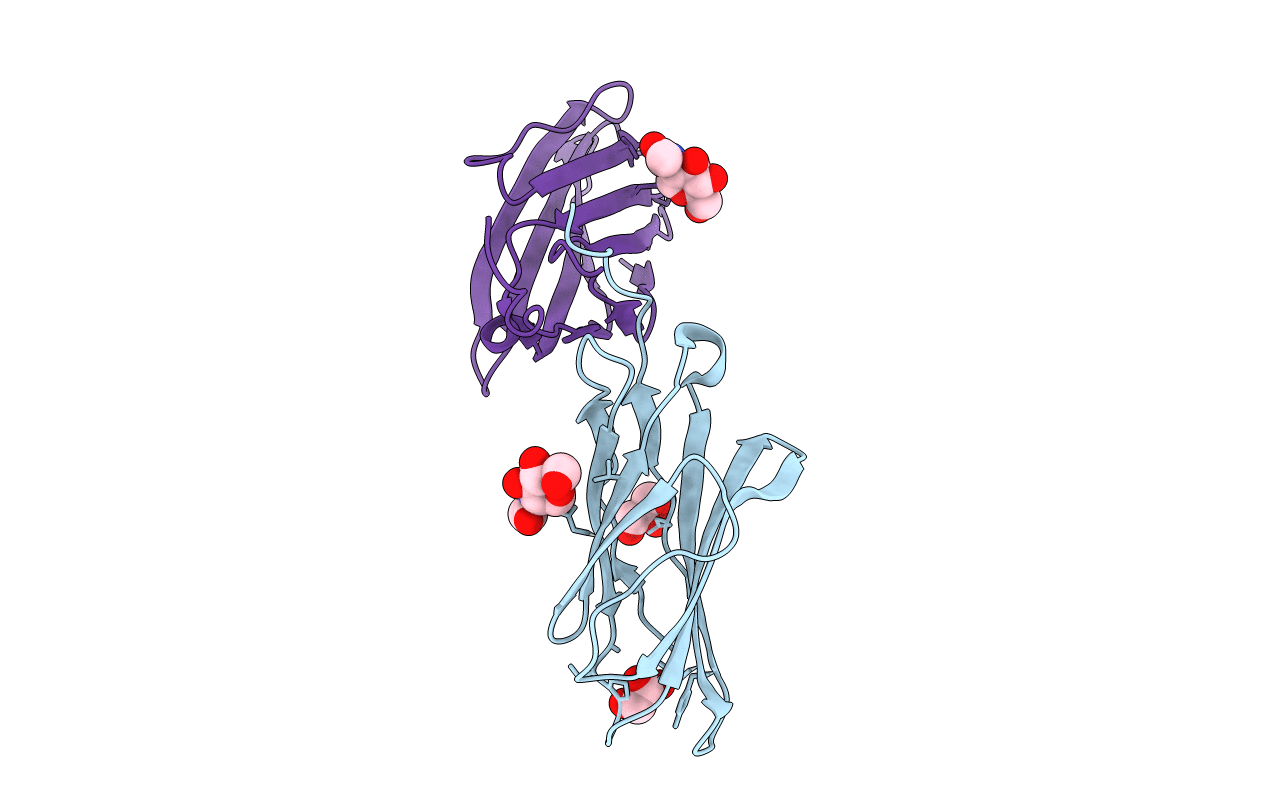
Deposition Date
2010-09-09
Release Date
2010-12-08
Last Version Date
2024-10-30
Method Details:
Experimental Method:
Resolution:
1.80 Å
R-Value Free:
0.27
R-Value Work:
0.19
R-Value Observed:
0.20
Space Group:
P 21 21 21


